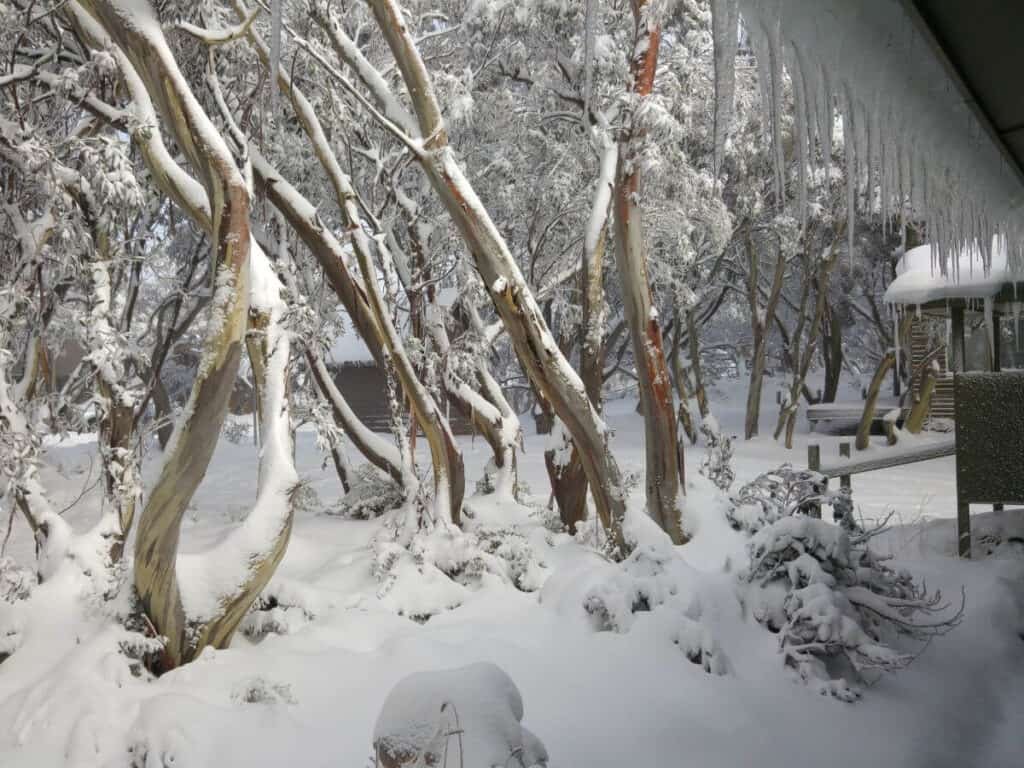Recognizing the Relevance of Snow in Australia for Farming and Tourist
While Australia is commonly connected with sun-kissed beaches and dry wilderness, it likewise boasts a riches of snowy alpine regions. The snow that blankets these areas is even more than a stunning landscape function. It works as a lifeline for the nation's farming and a driving force for a financially rewarding tourist industry. As we investigate this unusual junction, the potential effect of shifting environment patterns on Australia's snowfall and its subsequent impacts end up being a compelling focus.

The Unforeseen Snowfall: Australia's Alpine Regions
When winter cloaks the world, Australia's Towering regions wear a white mantle of snow, a phenomenon that appears nearly paradoxical in this dominantly sun-baked land. In contrast to the stereotyped picture of Australia as a land of beaches and deserts, these regions supply a unexpected and beautiful comparison. The Australian Alps, extending throughout New South Wales, Victoria, and the Australian Capital Territory, get more snowfall than Switzerland. This unforeseen winter season paradise provides a special community, supplying a habitat for several native species and a snowy play area for winter sporting activities enthusiasts. The yearly snowfall, although not as bountiful as in some nations, is a crucial facet of Australia's environment diversity and plays a substantial duty in the country's farming techniques and tourism industry.
Wintertime's Bounty: Snow's Payment to Australia's Water Resources
In spite of its rarity in the more comprehensive landscape of Australia, snow in the Towering areas plays a crucial duty in the country's water sources. This is particularly critical for Australia, a continent often plagued by dry spells. Without the bounty of winter snow, Australia's water sources would be considerably strained, impacting both the setting and the population.
White Covering, Eco-friendly Area: The Influence of Snow on Australian Farming
Although much less visible, the impact of snow on Australian agriculture is significant. Snowfall in the high country works as an all-natural form of watering, gradually melting and providing a steady water to lower-lying farmland. This water-rich environment fosters the growth of durable plants, adding to the nation's agricultural productivity. Snowfall boosts dirt health and wellness by introducing dampness and capturing nutrients, which are progressively launched as the snow melts. This process improves the dirt, promoting the development of healthier, more resistant crops. In addition, snow cover acts as a safety covering, insulating the ground versus extreme winter temperature levels that might otherwise harm plants. Hence, the function of snow in Australian agriculture is both complex and important.

Cold Cash Money: Snow Tourist and Its Economic Relevance in Australia
While the value of snow to Australian agriculture is frequently ignored, its contribution to the country's tourist market is undeniably significant. The snow-laden optimals of Australia's towering regions bring in a flurry of vacationers every winter, contributing millions to the national economic situation. These site visitors take part in a range of snow-based tasks, from snowboarding and snowboarding to navigate to these guys snowshoeing and sledging. The thriving snow tourist market has brought about the creation of countless tasks, from ski instructors to resort staff, bolstering local economic situations while doing so. Furthermore, the profits generated from snow tourism assists fund various facilities projects and vital services in these regions - Does Australia Get Snow. Thus, the financial significance of snow tourism in Australia expands far beyond the inclines.
Future Forecast: Environment Adjustment and Its Possible Effects on Australia's Snowfall
As the world grapples with the fact of site link environment change, so as well needs to Australia ponder its prospective results on the country's snowfall. Current scientific designs anticipate a decline in Australian snowfall, with possibly severe influence on both farming and tourist. In some locations, the snow period might be shortened by up to 80 days by 2050. Such changes endanger the practicality of Australia's ski market, which contributes substantially to the neighborhood economic situation. Much less snowfall can site here additionally influence the nation's agricultural sector, as snowmelt plays a vital duty in sprinkling crops. The potential effects of these changes highlight the necessity of environment modification mitigation efforts, both in Australia and globally.
Verdict
Finally, snow is a pivotal component of Australia's farming and tourist industries. It not just nourishes the nation's farming landscape however likewise fuels its winter tourist sector. Nonetheless, the impending risk of climate adjustment increases issues regarding the future of Australia's snowfall patterns, potentially disrupting these substantial financial industries. Understanding and dealing with these obstacles is vital for the sustainability of Australia's economy and ecological community.

When winter cloaks the globe, Australia's Alpine areas wear a white mantle of snow, a spectacle that appears nearly paradoxical in this dominantly sun-baked land.Regardless of its rarity in the more comprehensive landscape of Australia, snow in the Alpine regions plays an essential role in the nation's water sources. Without the bounty of winter months snow, Australia's water sources would be considerably stressed, impacting both the atmosphere and the populace.
Hence, the financial importance of snow tourist in Australia extends much past the inclines.
In conclusion, snow is a critical aspect of Australia's farming and tourist markets. Does It Snow In Australia.